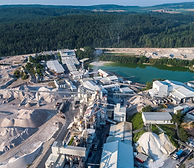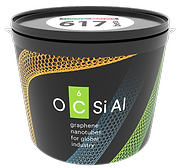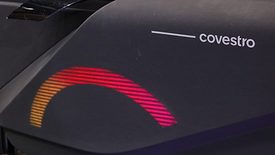Home » Keywords: » dispersions
Items Tagged with 'dispersions'
ARTICLES
Examining the Efficiency of TiO2 in Matt Paints
and Methods of Obtaining Optimal Dry Opacity Without Sacrificing Wet Hide
Read More
EVENTS
Sponsored Webinar
6/6/24 to 6/6/25
Contact: Ian
The New Industry Benchmark for Pigment Dispersion Compatibility
Keep the info flowing with our eNewsletters!
Get the latest industry updates tailored your way.
JOIN TODAY!Copyright ©2025. All Rights Reserved BNP Media.
Design, CMS, Hosting & Web Development :: ePublishing









